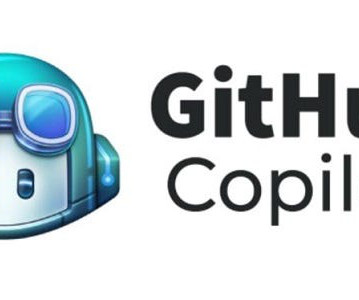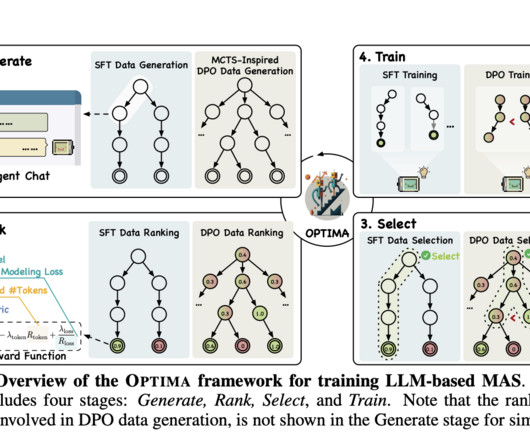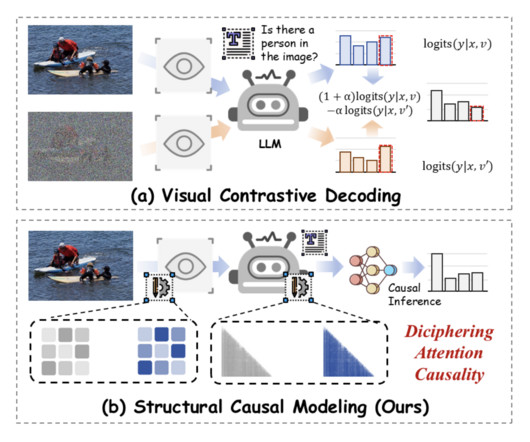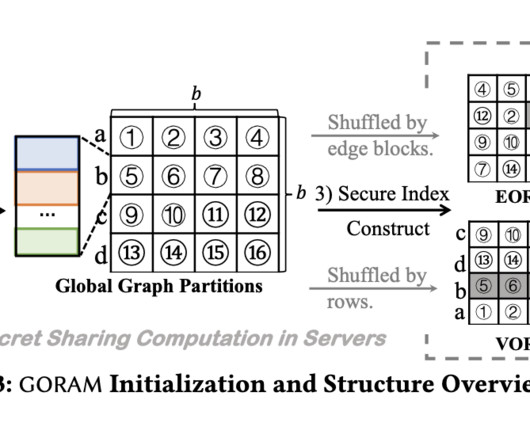Building Agentic Chatbots Using AutoGen
Analytics Vidhya
OCTOBER 12, 2024
Introduction Chatbots have transformed the way we engage with technology, enabling automated, intelligent conversations across various domains. Building these chat systems can be challenging, especially when aiming for flexibility and scalability. AutoGen simplifies this process by leveraging AI agents, which handle complex dialogues and tasks autonomously.


























Let's personalize your content